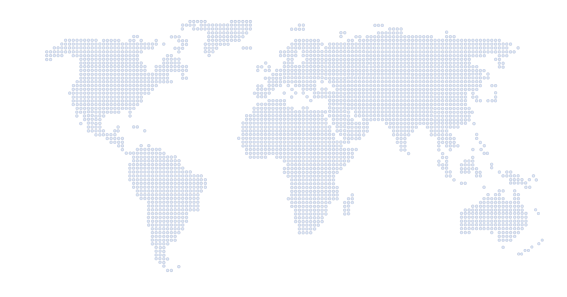In January and February 2019, we attended two shows in London – Surface Design and Architect@Work. What links them together is that they present future, contemporary, advanced and innovative materials for all areas of design. The strong influence of Biophilia and Bio-Design is visible when creating new design, materials and production techniques.
We attended a talk by Oliver Heath Design – an architectural and interior design practice. They use the science and style of biophilic design by improving the human connection with nature. The benefits of optimising daylight in classrooms can increase the speed of learning by 25%, improve attendance by an average of 3.5% per year and improve test results up to 14% – Analysis of The Performance of Students In Day-lit Schools (Niklas Bailey 1996). Biophilic design in hospitals reduced stays by 8.5% and reduced post-operative medication by 22% Oliver Heath human spaces.
Future material inspiration
MaterialDriven was invited by the international trade show Architect@Work to curate the theme ‘Future-Proof Materials’ – showcasing new vegan leathers, to responsive facade-skins, to carbon-sequestering paint, and advanced bioplastics. The show spanned from premature idealistic design work to realistic projects already out on the market, tested with documented assessments. https://www.materialdriven.com/future-proof
Future Proof gives a bright light in the era of post industrialism issues we are experiencing in the world right now. Today’s problems become tomorrow’s possibilities. Turning air pollution into design products for everyday use.
Made of Air is a radical new biochar-based material designed to combat climate change made of 90% atmospheric carbon. The material is a sustainable alternative to use in construction, interiors, furniture and more. http://www.madeofair.com/
The company Graviky Labs use harmful air pollution particles filtered from exhaust pipes of vehicles to create ink for pens, markers or spray ink http://www.graviky.com
Future trends predict less conservatism and a more flexible approach for next year in colour and material wise. Is this something that we will see in politics and economics with lightness and sense of community? At Surface Design show trend magazine Colour Hive presented The Trend Cluster future trends for Spring and Summer 2020 Kinship Care & Share, examining ideas about flexibility and the importance of community. Kinship rejects traditional values in favour of freedom and sharing.
The Greek company PHEE is using the dead leaf of the vascular sea plants that are annually washed up in abundance on the Mediterranean shores and disposed as waste. PHEE-board is a flat panel made from the leaves of seagrass Posidonia Oceanica and biological resin.
Dutch product SEA gives a new life to plastic litter that’s collected from ocean beaches. LockTiles is a carpet tile shape with laser cut edges – this means that the edges interlock around each other and always will fit together in all directions. A material driven design that is healthy for the environment and humankind.
Wildspitze Organoid is a good example of materials that engage with our senses. It is naturally scented alpine-hay and herbs from the Tyrolean Alps. Hand-cut, customised for smell, touch and vision.
What does this mean for us today?
We see a shift from industrial age to the ecological age. (M.Pawlyn 2016 Biomimicry in Architecture p1.) “We are entering an age in which knowledge is the prime substitute for matter”
If you are interested in the big players of the field and want to know what to expect in the next 10 years, please see previous blog – Bio Design Nov 08, 2018
The big challenge is not to elaborate alone in field of expertise, Penicillin was mould that became a lifesaving medicine, while blue mould became a delicious cheese. (Kinship rejects traditional values in favour of freedom and sharing). The second challenge is implementing a brilliant biomimicry into a reality, from small scale in the lab or design studio into large scale production.
Omuus will keep following these areas of design in future blogs.
We want to thank Per Boicel for his report from Future Proof and Material Driven Design at Surface design and Architect@Work.






